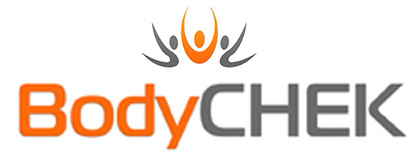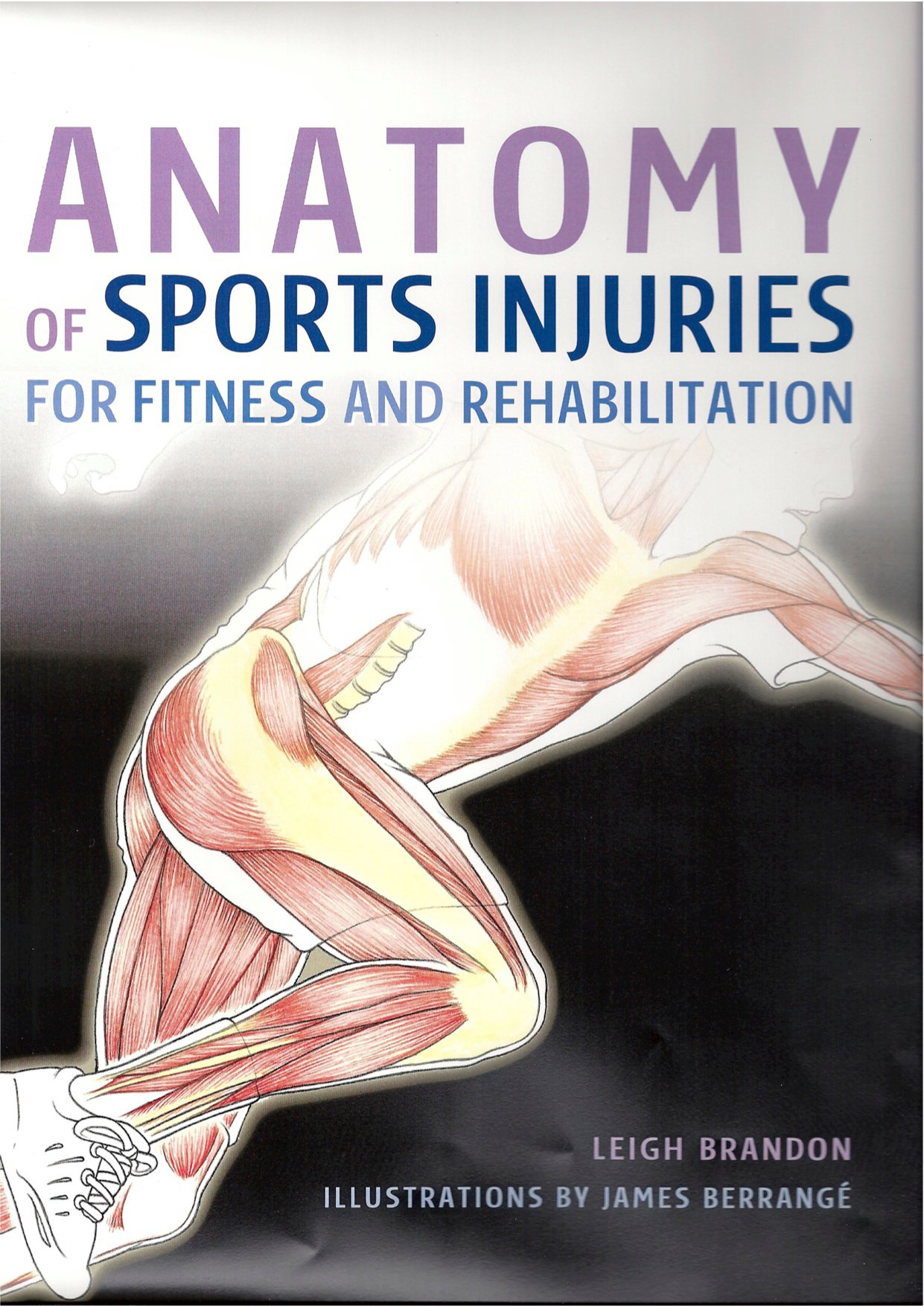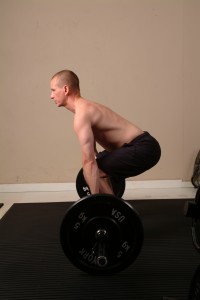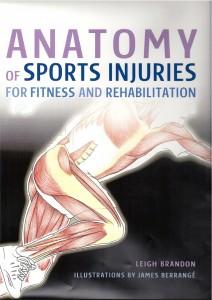Posture and Alignment
The gravitational pull that is exerted on the body acts through the body in a straight line towards the earth’s centre.
In a standing position, neutral alignment occurs when body landmarks such as the ankles, knees, hips, shoulders and ears are in line with the pull of gravity. The body also requires balance from front to back and side to side, allowing it to maintain position against gravity with minimal effort. The more the body is out of alignment, the more energy it uses to resist the gravitational pull. For most athletes, poor posture could not only cause injury, but also waste vital energy and could make the difference between winning and losing.
In neutral alignment, the pelvis is in a neutral position with the pubic ramus and the anterior superior iliac crest vertically aligned. In this position, if the pelvis were a bucket of water, no water would spill out. With an anterior pelvic tilt, the water would pour out the front and with a posterior pelvic tilt would cause the water to pour out the back.
As we exercise and move the body in different positions, such as deadlifts or lunges, gravity continues to affect the body, the critical points of balance shift and we are required to work harder to maintain balance and alignment. Despite the fact that balance is shifting, when lifting heavy weights or jumping explosively, in some instances it is still important to maintain neutral spine. ‘Neutral spine’ in the instance of performing deadlifts or jumping would require the maintenance of a straight line through the ear, shoulder, pelvis and hips, but not necessarily in a vertical line.
Poor postural control and alignment will create faulty recruitment patterns of muscles, affect your quality of movement, reduce safety and effectiveness of any exercise as postural compensation is likely to occur. This means that the joints used, joint actions, range of movement and involvement of the various stabilizing and mobilizing muscles will change from the ideal. For instance, in the squat if you had a tight soleus (calf muscle) in the right leg, your body weight would shift to the left as you descend in the squat. This may place excessive stress through the medial right knee and lower back which will greatly increase the likelihood of injury.
For more information on Posture & Muscle Balance, please check out my book, “Anatomy of Sports Injuries for Fitness and Rehabilitation“.
Until next time…



